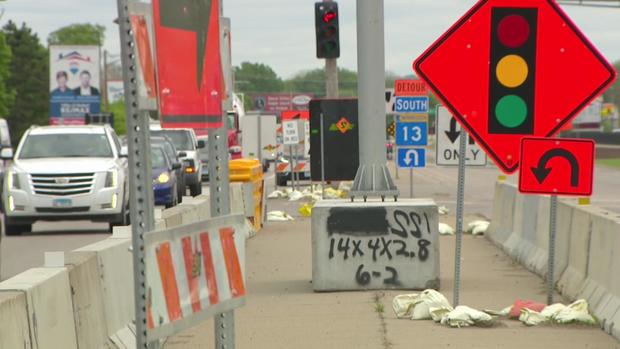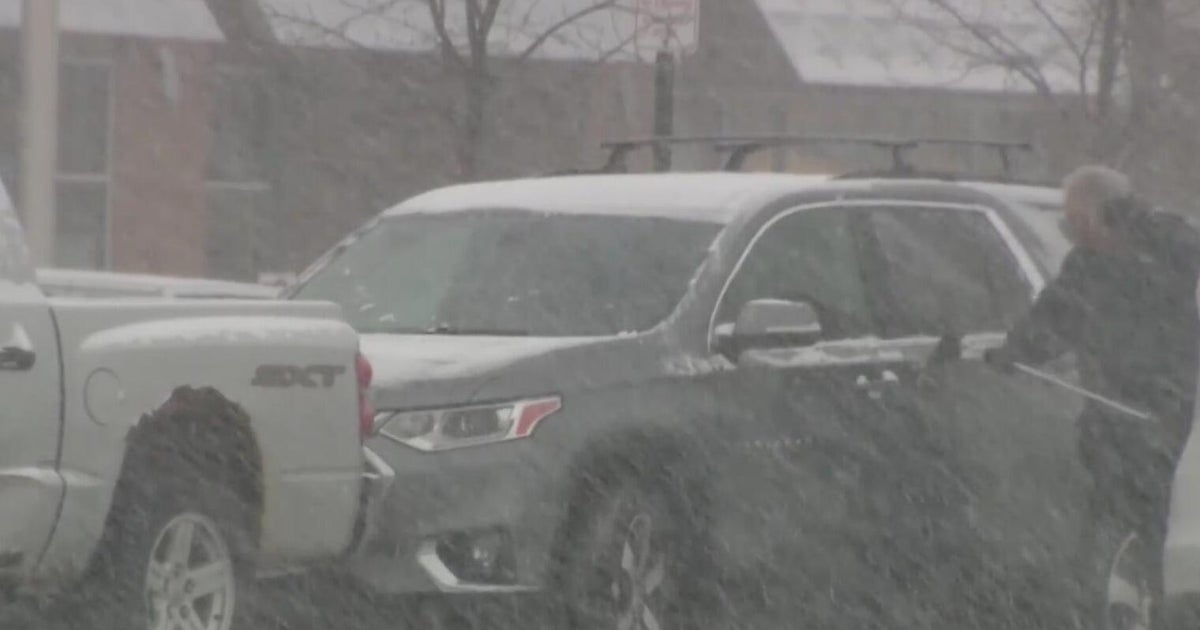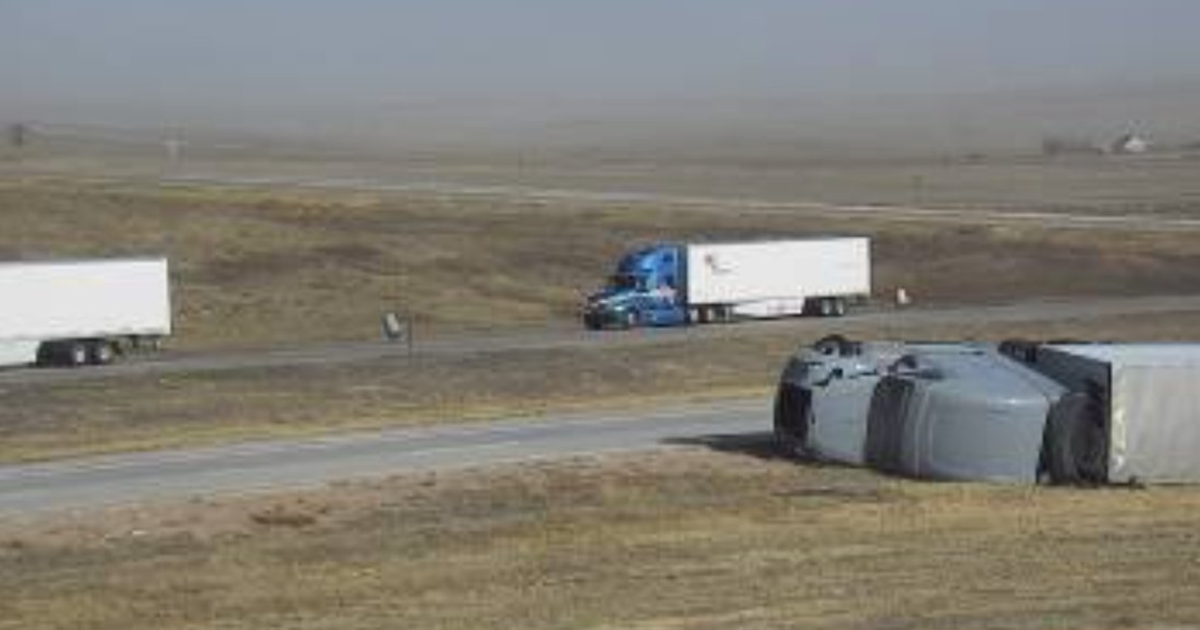Construction season in full swing: Here's where all those orange cones and signs come from
LAKEVILLE/BURNSVILLE, Minn. -- Drivers are seeing a lot of orange as construction season is in full swing in Minnesota.
The Minnesota Department of Transportation announced more than 200 projects this year with its largest in department history starting next week on Interstate 494 from Minneapolis-St. Paul International Airport to the Eden Prairie area.
Reed Leidle, the vice president of Minnesota-based traffic control company Safety Signs said all the orange signs, cones and drums serve a purpose.
"The size of the sign, the font of the sign, the shape of the sign," he said. "Diamonds mean warning."
Safety Signs is just one of the companies in the state responsible for putting out all of the orange that inevitably slows drivers down and probably drives them nuts as they drive through a construction zone.
READ MORE: Where do those orange traffic cones all go during the winter?
"Typically, on the larger projects we're out on site a lot," Leidle said. "There's daily changes [and] daily maintenance. When traffic is congested that's what irritates everyone."
But before that vision in orange takes shape on the roads, it all comes from the Safety Signs facility in Lakeville.
The company employs about 130 people during construction season – some working on construction sites and others at the facility where they make new signs, repurpose old ones and then transport them out of construction sites along with any barricades, drums and cones needed for the upwards of 4,000 projects they handle every year across the state.
"Anywhere where you can drive a car, ride a bike, fly a plane, ride on light rail we're involved," Leidle said.
In terms of knowing what goes where, Leidle said there's a method to the madness when it comes to construction projects. Whether it's a state, county or city project, all of it is laid out in a road map of sorts that can sometimes be hundreds of pages long.
"The construction plans that come out will contain traffic control plans and so they'll prescribe how big the sign should be, where the sign should be placed, where the barricade should be placed," he said.
The plan is laid out in phases, and it also tells crews which lanes to close and when and how much to reduce the speed limit. Engineers have crafted these plans considering the location of the project, peak times for traffic and how much lanes will have shifted during the construction process.
READ MORE: Brace yourselves, drivers: MnDOT announces 2023 construction projects
A lot of planning also goes into figuring out detour routes. Leidle said those routes are mapped out to make sure they don't intersect with any other construction projects and can handle an increased volume in traffic as construction takes place.
Leidle said it's all about balance.
"Part of the design is based on how much time will it take for the contractor to do the work and the other part of the design is how do we minimize traffic impacts," he said.
For the big projects on the interstate and highways, chances are most of the work will be done overnight when it's safer for workers with less cars on the road.
"So, our folks would set up the temporary lane closures with cones at night, take them down before rush hour in the morning and then it goes back to the daytime setup," Leidle said.
As for the daytime work in progress, he has an important message to drivers – follow the signs and slow down as often the only thing that separates workers from drivers is a plastic drum and a couple of feet in distance.
"That's why our plea is for people to pay attention to the speed limits," he said.
He said while reduced speed signs, digital signs that flash a driver's speed as they go through a construction zone and state patrol can help to enforce the speed limit, it continues to be a major problem.
Leidle has been big supporter of automated speed cameras.
At least 19 states already have the cameras.
Minnesota lawmakers have floated the idea in the past, but it's never been passed. Some concerns have included issues with data privacy, the right for people to face their accuser and how the courts would handle the influx in tickets at the beginning of the implementation.
During the 2023 legislative session, a measure was passed to direct MnDOT to conduct research on what are the main challenges to implementing the cameras in Minnesota.
"We're very hopeful because we think it will help save lives," Leidle said. "Fundamentally most people respect the workers and the work being done, but the speeds are a huge issue. People speed through work zones on a consistent basis and it's very hazardous for our employees and for the drivers themselves."








